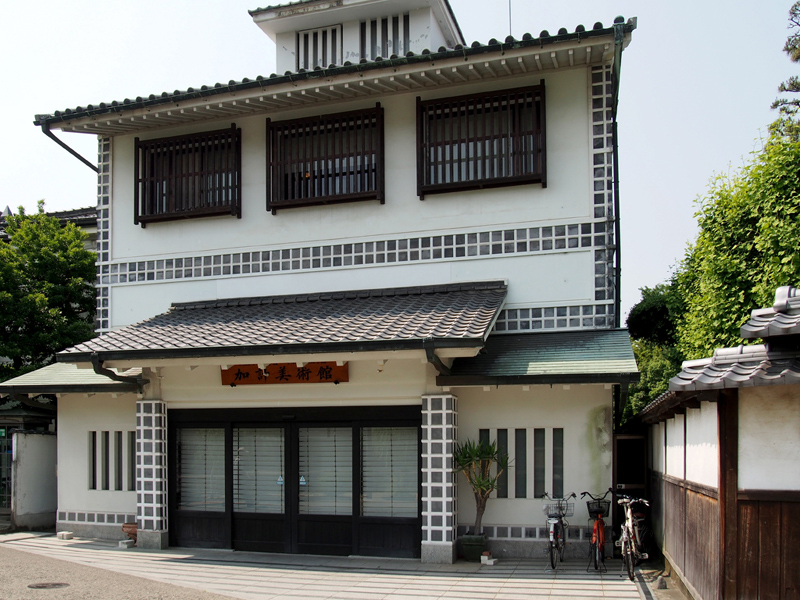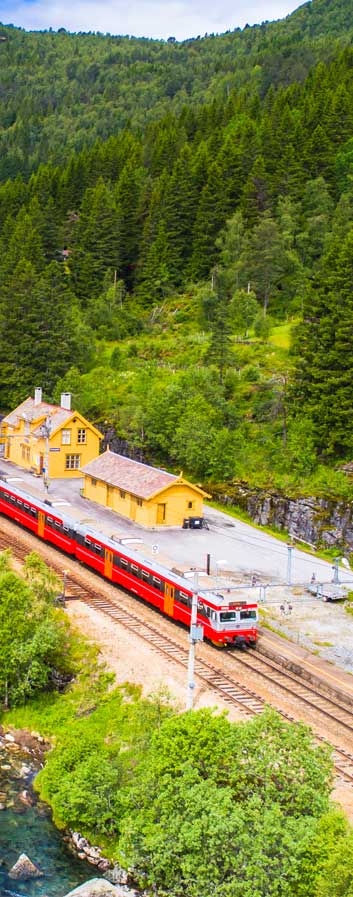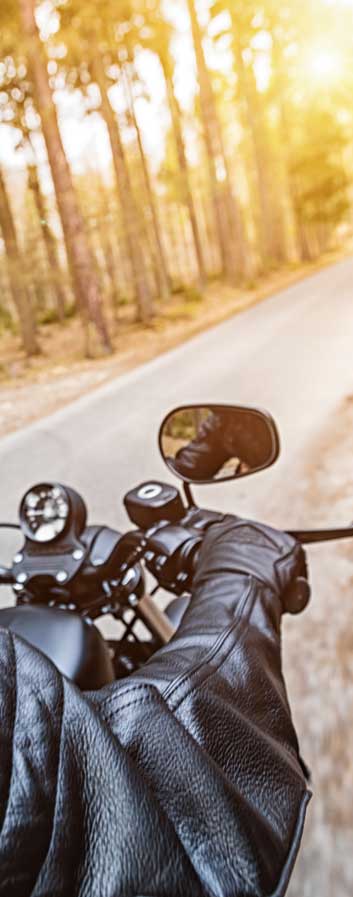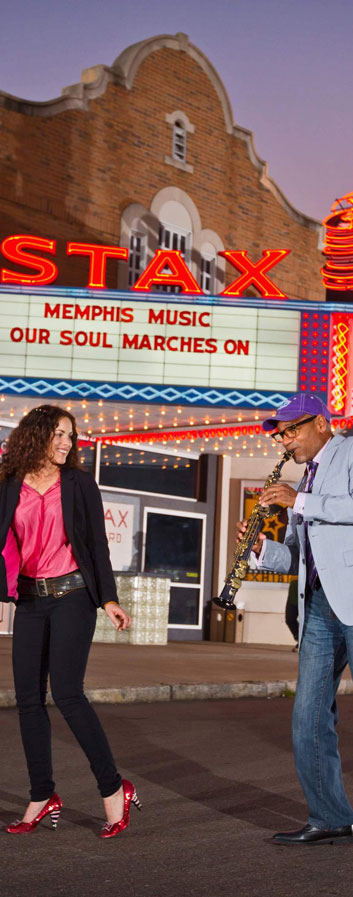Canal Area
During the Edo Period (1603-1867), Kurashiki was an important point along the distribution route of Japan's most important commodity, rice. Large quantities of rice from the surrounding area were brought into Kurashiki and intermediately stored there in storehouses before being shipped to Osaka and Edo. Because of the city's importance in the rice trade, Kurashiki was put under direct control of the shogunate, and the city was even named after its many storehouses (kura).
Canals were built to allow boats and barges to navigate between the city's storehouses and the nearby port. A central section of the city's former canal system has been preserved in the Bikan Historical Quarter. The weeping willow trees that line the canal and the stone bridges that cross over the water make for a picturesque scene.
Along the canal, there are many of the original storehouses that were so central to the city's identity. Recognizable by their white walls and black tiles, the former storehouses have been converted into cafes, boutiques, souvenir shops and a number of museums.
The Ohara Museum is not a converted storehouse, but was built in 1930 specifically as the first museum of Western art in Japan. It houses an impressive collection of Western masterpieces by artists such as Picasso, El Greco, Gauguin, Modigliani, Rodin, Klee, Pollock and Kandinsky.
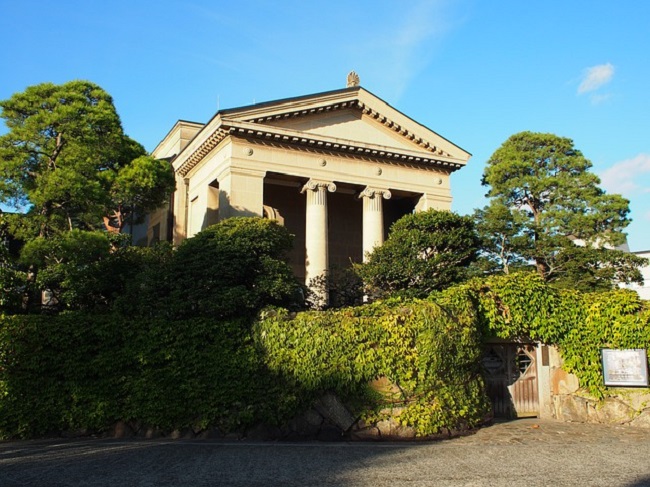
When the Museum of Folkcraft was built in 1948, it was the second folkcraft museum in Japan and the first of Kurashiki's storehouses to be converted into a museum. Examples of everyday items from across Japan are displayed, including textiles, ceramics, lacquerware, etc.
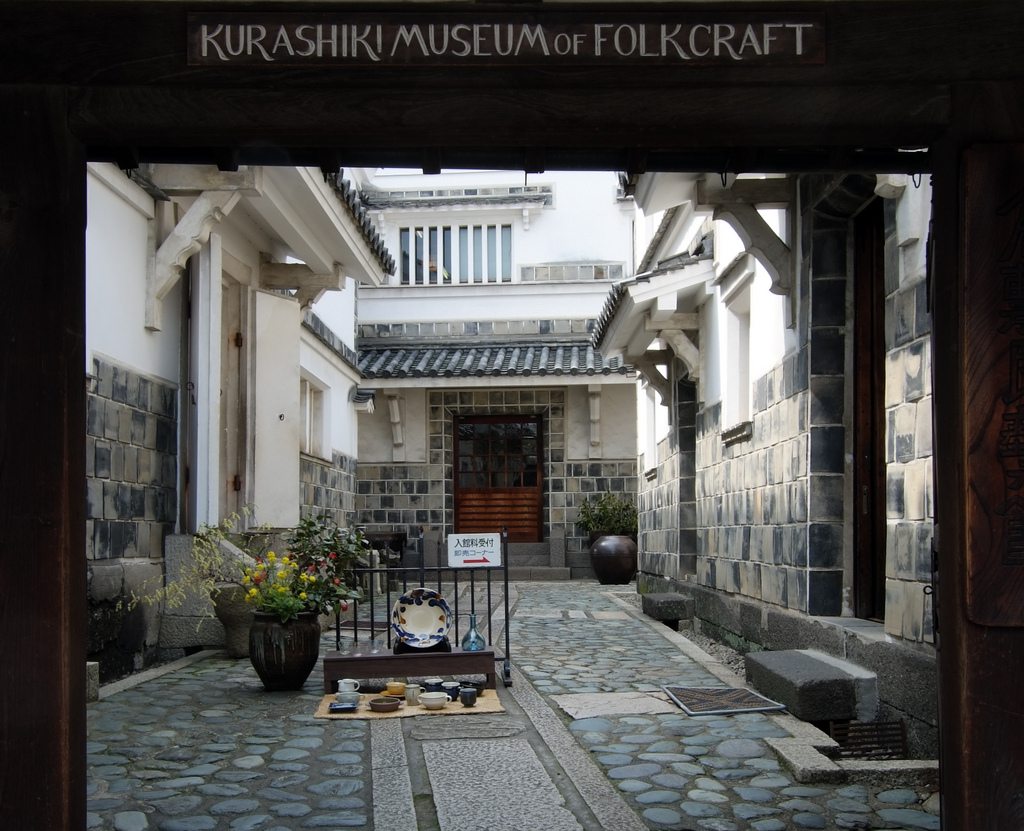
The toy museum consists of a number of converted storehouse buildings. There are four main display rooms, which feature examples of old toys from all of Japan's 47 prefectures. One room is devoted to variations of the popular daruma doll. There are also shops and a cafe.
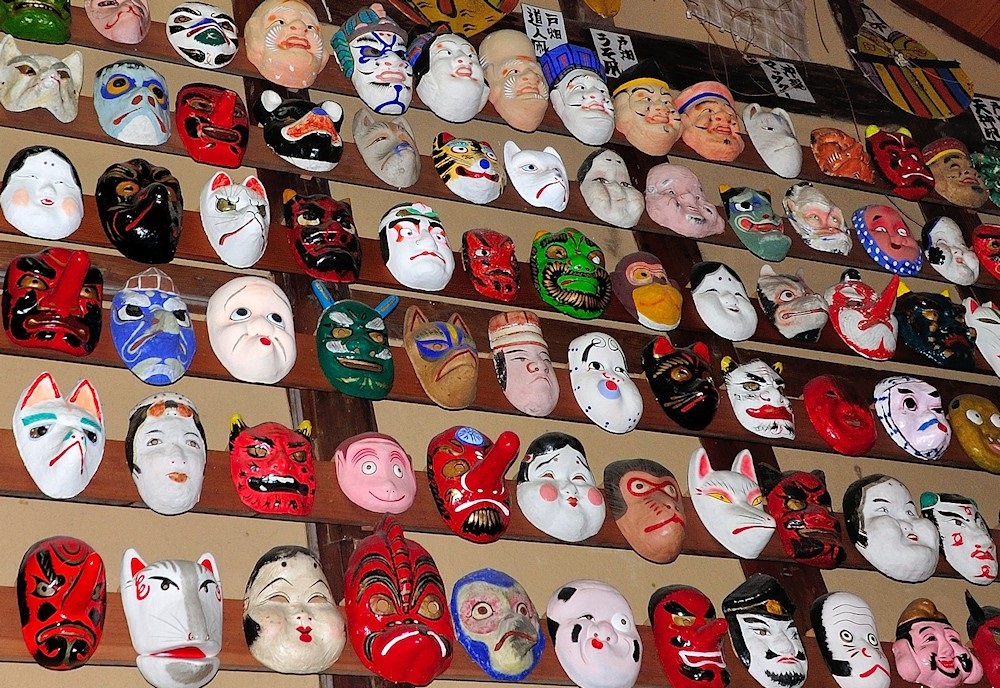
The Archaeological Museum was opened in 1950 in a converted storehouse, and explores the early history of Japan. There are about 700 examples of pottery and other artefacts from early Japanese civilization, mainly from the region around Kurashiki.
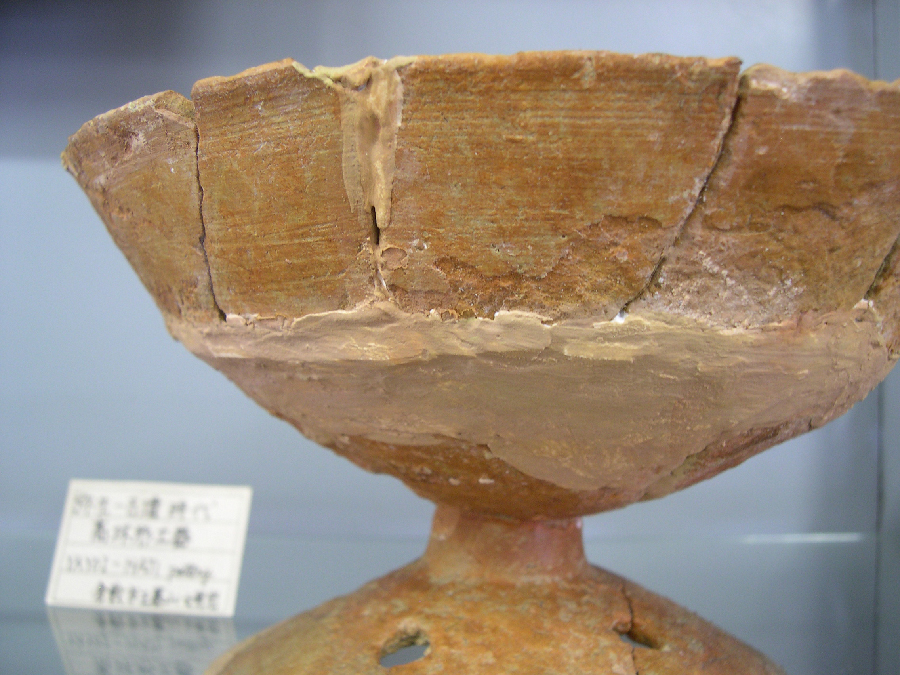
The Kake Museum was opened in 2002, and displays art preservation and restoration techniques. It was founded by the Kake and Takahashi Educational Institutions, and local universities are also involved with displays.
